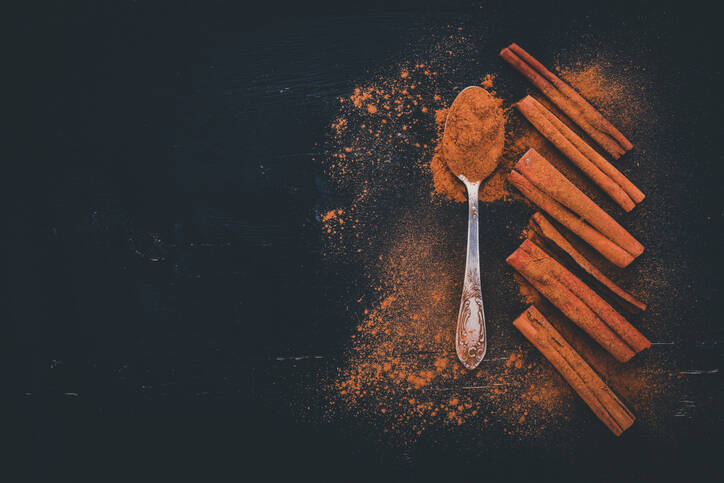What are the effects of cinnamon on our health? (cultivation, use)

Cinnamon is one of the most fragrant and popular spices. It is also considered one of the oldest and most health-promoting spices in the world. It has been used since time immemorial not only as an ingredient in food, but also in perfumes and fragrances.
Characteristics
Perhaps even today, some people still believe in its magical effects and even more in the magic of obtaining this spice. In fact, myths say that cinnamon is obtained from the nests of dangerous and bloodthirsty birds. However, this is not true. It is obtained from tropical trees.
Even the ancient Egyptians and Greeks used cinnamon to cure various ailments. There are even traces of making tinctures and adding it to wine etc. in the past.
It is still used in home medicine today, not only on its own, but also in tinctures, syrups and oils.
Cinnamon has proven antibacterial and antiviral properties.
There are also several species of cinnamon trees as such, and consequently cinnamon itself as a spice. The most common species are true cinnamon and Ceylon cinnamon.
The difference between the two is mainly in composition and processing. Chinese, or non-genuine, cinnamon is more suitable for ground cinnamon, while Ceylon cinnamon is more suitable for whole cinnamon.
Both, however, contain large amounts of vitamins and minerals. These include potassium, phosphorus, magnesium, calcium, copper, iron, vitamins A, B6, C, E and K. It also contains beta-carotene, folic acid and pantothenic acid.
Internal use
We can enjoy it as an ingredient in loose tea, but it can also be added to baked tea.
It is also very popular with cereal, honey and hot water for breakfast. However, we also add it to strudels, wasps' nests or other delicacies.
The advantage is that it has antioxidant effects. It is therefore very suitable for cleansing and ridding the body of harmful substances.
It also helps the circulatory system, so it has a positive effect on the heart, the elasticity and quality of blood vessels and veins, and is also useful in reducing blood clotting. It also has a positive effect on blood pressure.
According to research, it also has a hypoglycemic effect. It helps to lower blood sugar levels.
It also has positive effects on digestion. It can help with digestive problems, i.e. constipation or diarrhea. It is useful in the treatment of stomach ulcers.
Nowadays, it also helps people with high cholesterol levels. Therefore, it is also recommended for diets.
It is also popular among athletes for its beneficial effects on muscles.
It is also beneficial for bookworms as it affects our brain and concentration. It also helps in the fight against Alzheimer's disease.
However, we also need to be careful and remember that too much of anything is bad for you. Don't eat too much cinnamon. It could also have side effects, especially in people with sensitive livers and kidneys.
External use
Honey, cinnamon and olive oil can be used to make a mask for the face and décolleté. This porridge can also be used as a scrub, not only for the face but also for the rest of the body.
It can also be used for muscle fever or muscle aches by massaging it into the painful areas with oil.
Harvesting and storage
Cinnamon is harvested from trees at least 8 years old and is harvested twice a year during the rainy season.
It is produced by collecting the shoots, which are cleaned of their leaves and stripped of their bark. The cleaned shoots are left to dry in the shade and after a few days, the top bark is scraped off using special knives. Finally, they are dried in the sun, which rolls the bark into itself to form cinnamon.
The finished cinnamon is graded on the spot according to quality and colour and then sent out into the world.
Storage is simple, as it comes to us as a finished product, dried.
It should be stored in a dry and shady environment at room temperature.
Cultivation
You can buy cinnamon trees and grow them at home.
As it is a tropical plant, it is important to keep it warm and moist.
This means that it will thrive in temperatures around 20 degrees Celsius.
It is important to water it on the leaves, not in the soil.
In winter it is advisable to expose it to as much sun as possible, so it is a good idea to place the tree near a window.
The soil should be airy, so add sand.










